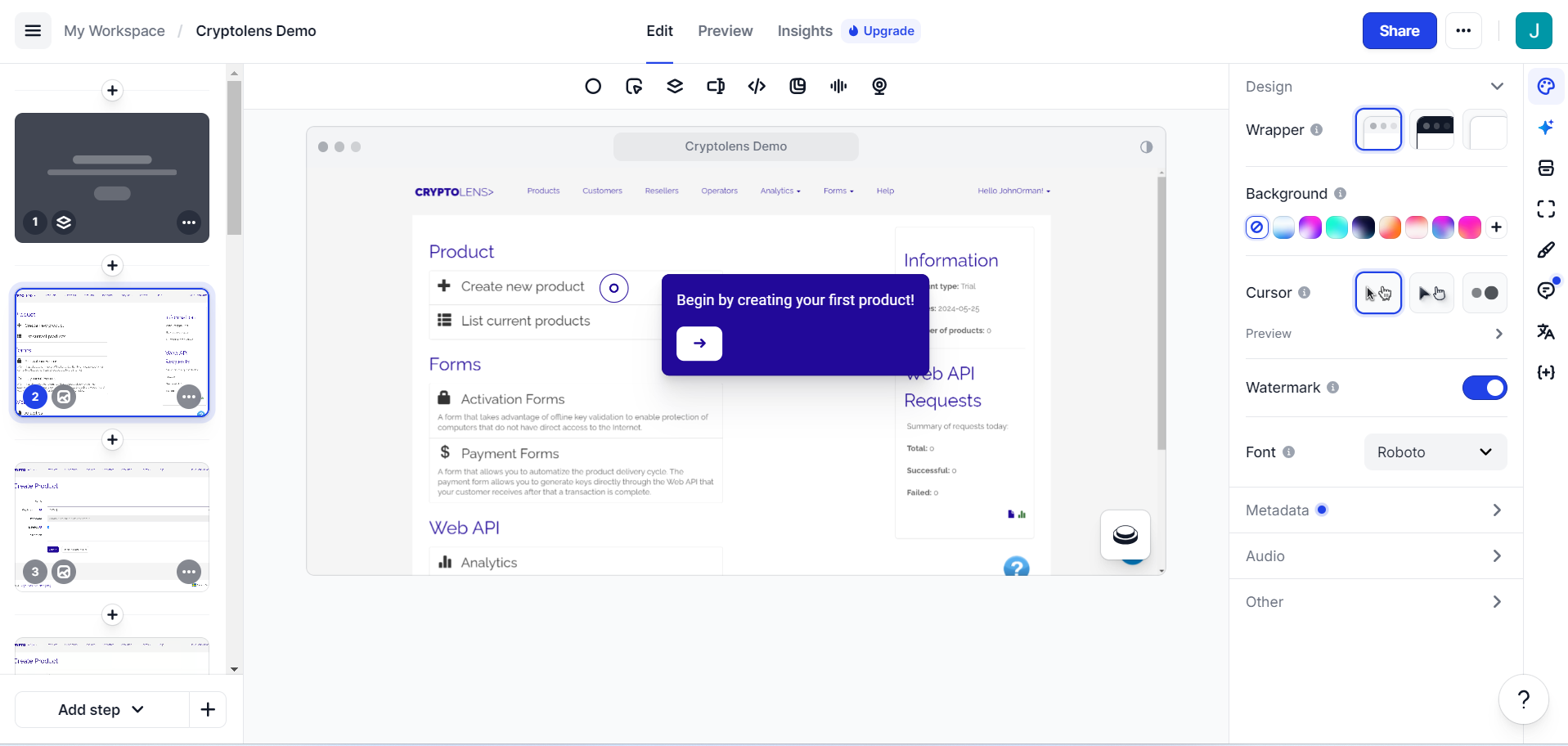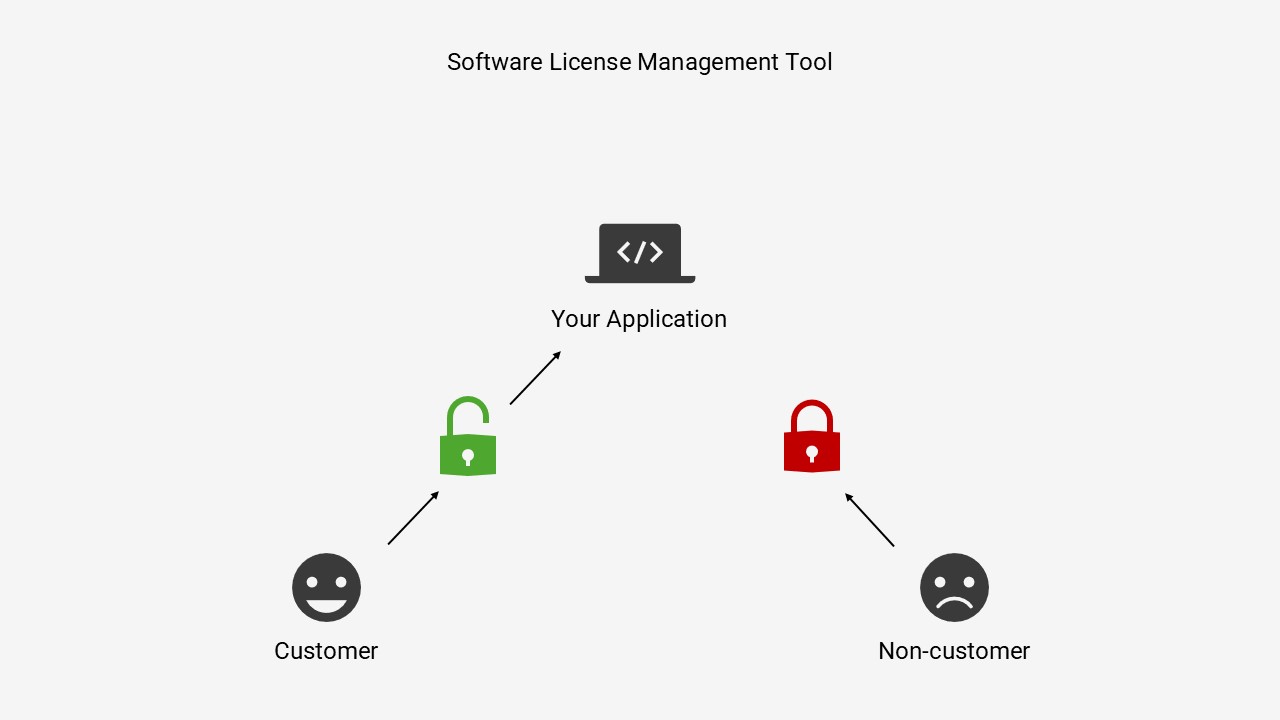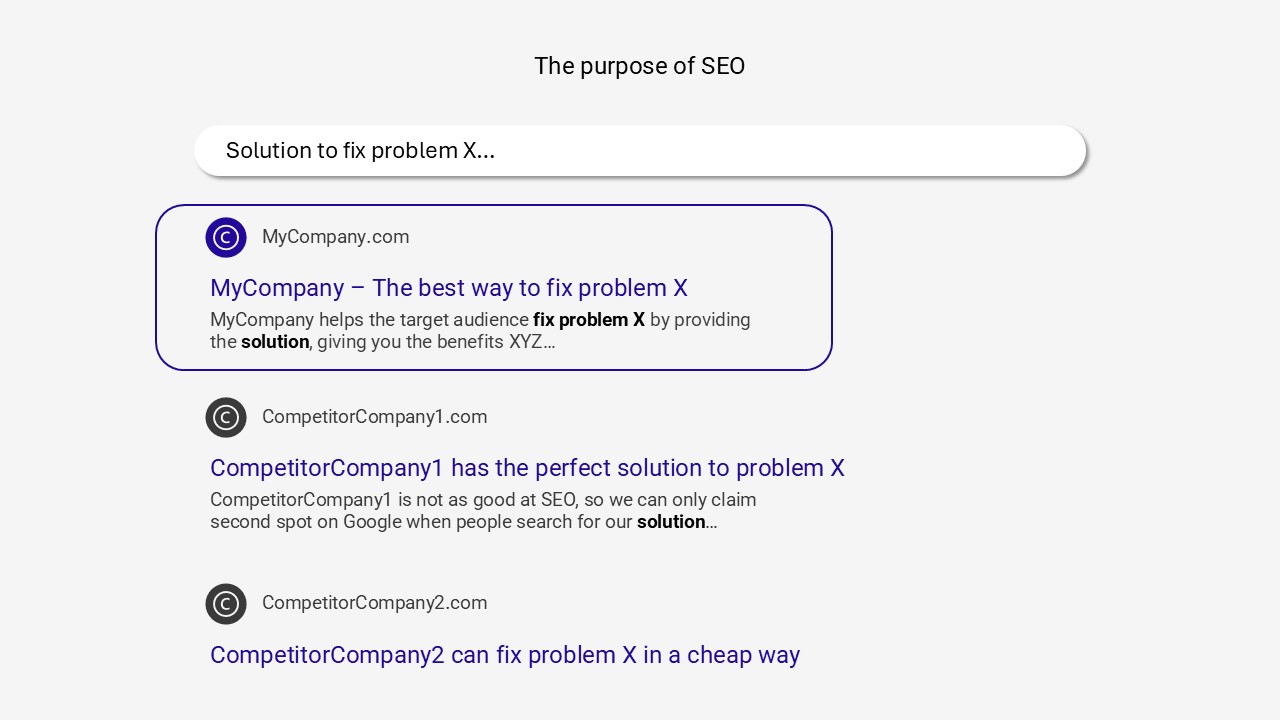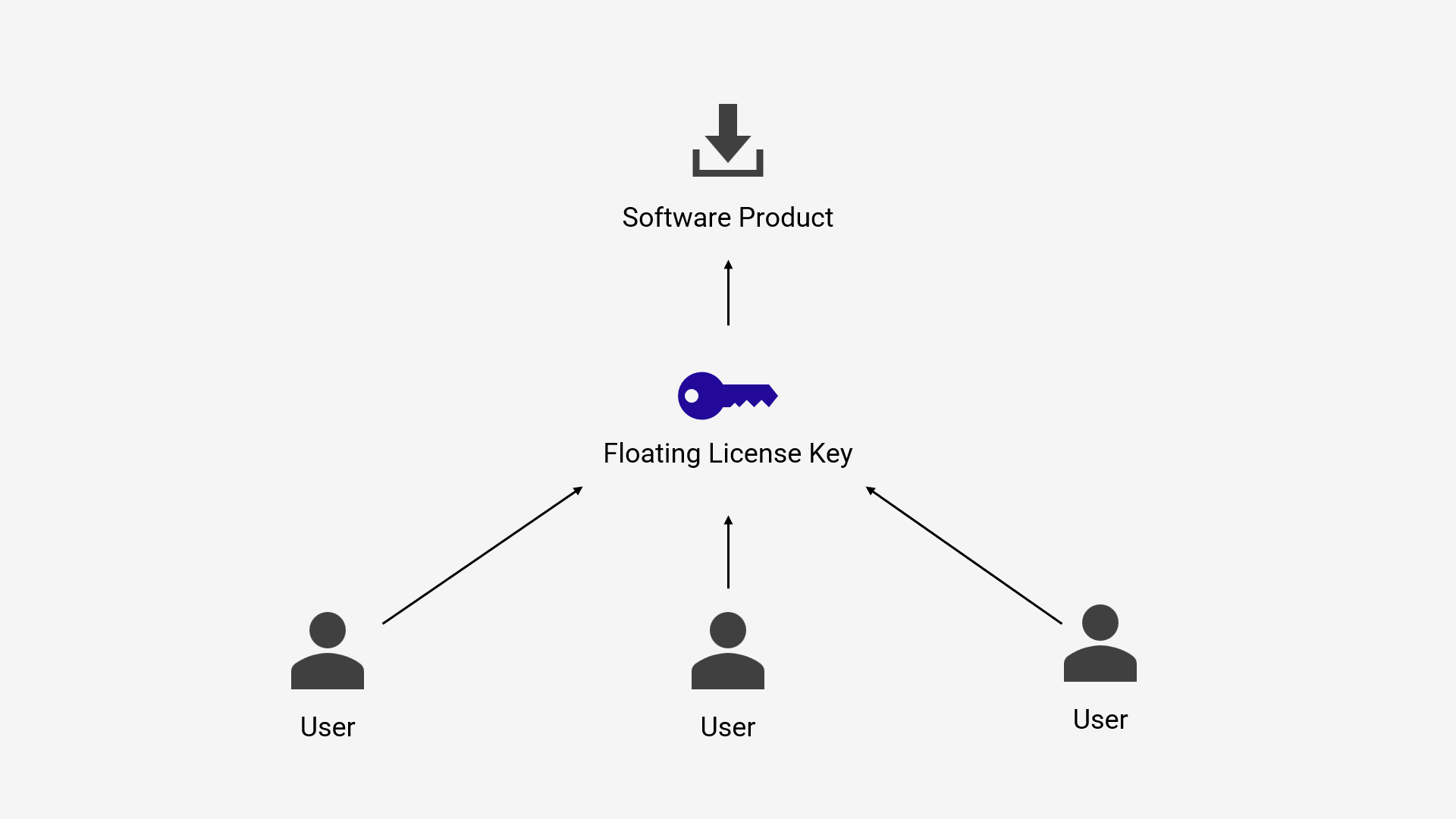Stripe Integration for Software Licensing Systems
Stripe is a great service provider for setting up subscription payments and pricing plans for software products. However, integrating Stripe with a software licensing system makes it even better. Read this blog to learn more about how the integration can enable you to charge more effectively for your software products and reduce the time burden!
Alternatively, watch the following video we made:
Stripe Integration for Software Licensing Systems
When software developers want to sell their software products, Stripe is a perfect payment provider for setting up recurring payments. However, it is only when you combine Stripe payments with a software licensing system that you realize the full potential. But what do I mean by that?
A software licensing system works as the lock in your application that makes sure only customers get access to your product. They are given license keys, and the validity of their license key is checked by the software licensing system every time a customer tries to enter the product. If you set up recurring payments and different pricing plans with Stripe, you can integrate Stripe with a Licensing as a Service (LaaS) provider such as Cryptolens to ensure the correct customers always have access to the correct features within your product.
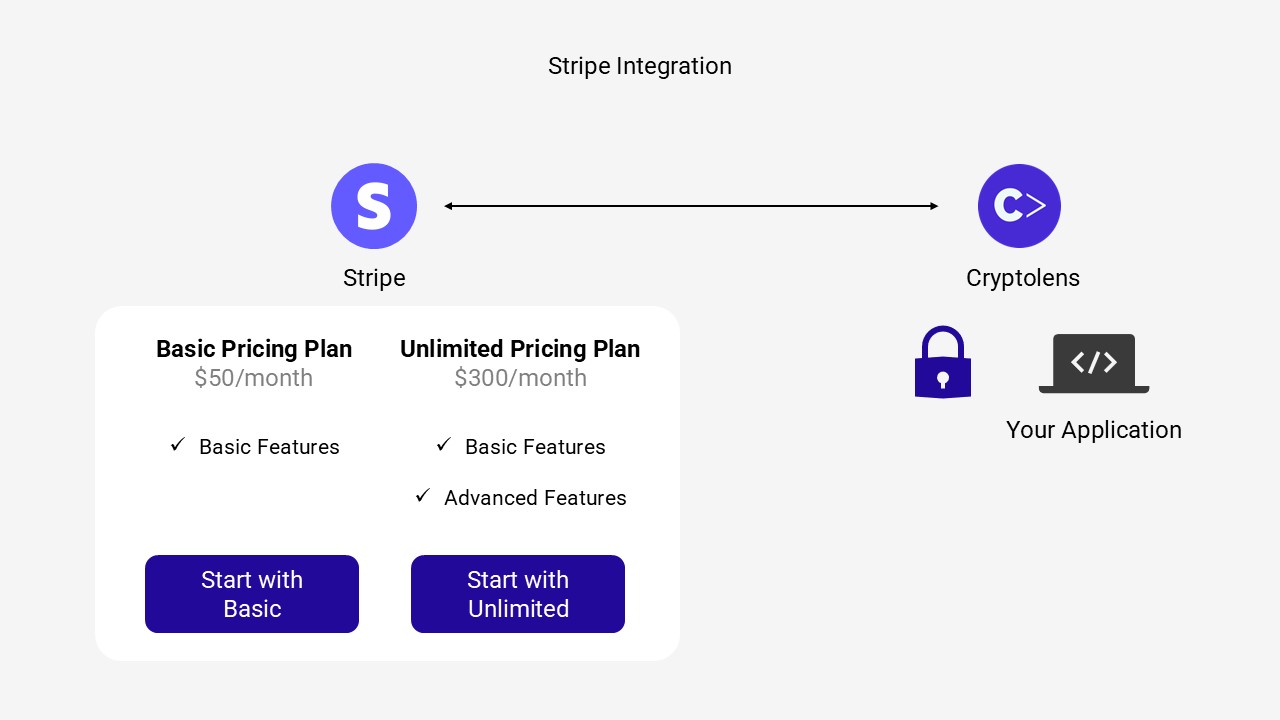
How the Integration Works
Webhooks in Stripe can facilitate communication between Stripe and the software licensing system to make sure the subscription status is correct for each license key. Let’s say this customer on the basic pricing tier tries to enter the product. The software licensing system checks the validity of their license key. Thanks to Stripe, the system knows that the customer has paid their latest subscription fee and will be allowed in. The system will only unlock the basic features to reflect the customer’s pricing plan.
If the customer would have had a subscription for the unlimited pricing tier, all features would be unlocked. That is how a Stripe integration can make recurring payments smoother, especially if you have different pricing plans.
Who Needs a Stripe Integration?
I would say that a Stripe integration is a key factor in making your business scalable. Manually creating license keys and blocking them as soon as a customer cancels their subscription works as long as you do not have that many customers to manage. When you do get a lot of customers, keeping track of all of them will be a big time burden. If you get it wrong, it could have big consequences for your customers!
Cryptolens helps you out in that situation with a seamless Stripe integration. To learn more, please check out our full implementation page for Stripe. This ensures that you allow for the fast growth you are working so hard to achieve.
